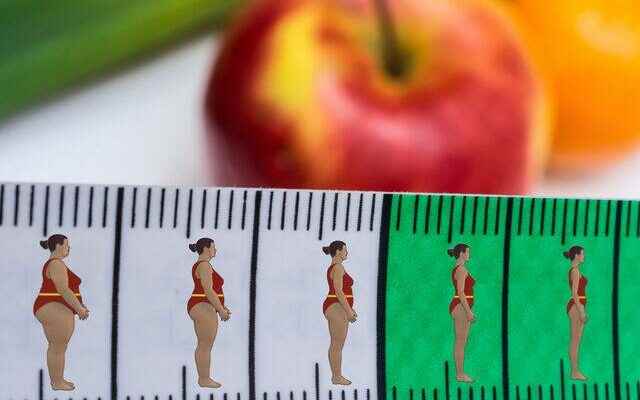The liver, fat and muscle cells of people with insulin resistance cannot respond adequately to insulin and blood sugar continues to rise. As a result of this situation, insulin secretion from the pancreas increases as a reflex to reduce the sugar level. The important point here is not the amount of insulin in the body, but the decrease in its effectiveness. Thus, insulin resistance occurs. Dietitian Burak Çetiner gave information about the subject.
HOW TO KNOW IF I HAVE INSULIN RESISTANCE?
The blood glucose taken after 8-10 hours of fasting is multiplied by the fasting insulin level and divided by 405, and the insulin resistance level called HOMA-IR appears. If the result is above 2.5, it means that the person has insulin resistance.
WHY IS INSULIN RESISTANCE?
There are many factors in the formation of insulin resistance. Some of these are obesity, smoking, genetic predisposition, malnutrition in the womb, sedentary life, vitamin D deficiency and aging.
HOW SHOULD YOU FEED IF YOU HAVE INSULIN RESISTANCE?
If a person with insulin resistance is not at their ideal body weight, they should get expert support.
You are likely to intensify this resistance with the wrong diet during weight loss.
- First, the most important factor is portion control. Start your meal with a small portion first, then increase it if necessary. Since individuals with insulin resistance will experience instant hunger, you should pay attention to portion control throughout the day.
- Consuming a carbohydrate-containing food alone in your snacks will not help keep your blood sugar balanced for a long time. You can also consume milk and dairy products or foods such as walnuts, hazelnuts, almonds.
- You should use your bread preference for whole wheat or rye.
- You should choose your pilaf for bulgur.
- You should minimize table sugar and prepared foods containing simple sugars as much as possible.
- In order to increase the pulp (fiber) content, you can consume the fruits with their peel and include dried legumes 2-3 times a week on your table.
- You should consume at least 2.5 liters of water in a day.
- You should have your evening meal as early as possible.
